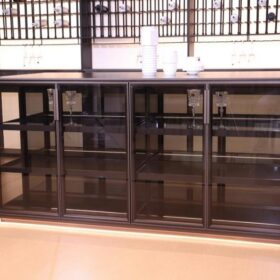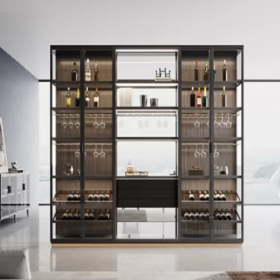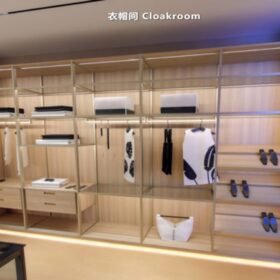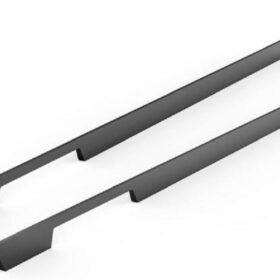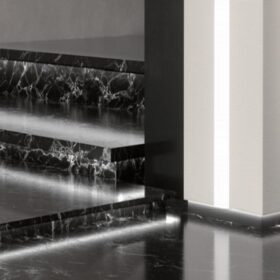The Role of Kitchen Furniture Handles in Interior Design
Kitchen furniture handles, often overlooked as mere functional elements, play a crucial role in shaping the overall aesthetic and functionality of a kitchen design. They serve both practical and aesthetic purposes, contributing to the visual appeal, ergonomics, and style of the space.
Functional Importance
Accessibility:
Handles provide a grip for opening and closing drawers, cabinets, and appliances, ensuring easy access to their contents. They facilitate effortless use, even for individuals with limited grip strength or mobility.
Durability:
Handles are subjected to frequent use and must withstand wear and tear. Durable handles made from robust materials, such as solid metal or high-quality plastic, ensure longetivity and prevent premature replacement.
Safety:
Proper handles eliminate the need for awkward or unsafe hand positions while opening or closing kitchen furniture, reducing the risk of accidents and injuries.
Aesthetic Impact
Visual Appeal:
Handles serve as decorative elements, adding a touch of style and personality to the kitchen. Their shape, size, color, and finish can complement or contrast with the design theme, creating a cohesive or striking visual effect.
Accentuation:
Handles can highlight and draw attention to specific design features or focal points in the kitchen. By using contrasting or textured handles, designers can create a sense of visual interest and depth.
Consistency:
Matching handles throughout the kitchen creates a sense of unity and flow, tying together different elements and reinforcing the overall design scheme.
Ergonomic Considerations
Comfort:
Handles must be comfortable to hold and use, regardless of the user’s hand size or shape. Ergonomic handles with contoured grips or cushioned surfaces reduce strain and discomfort, promoting ease of use.
Accessibility for All:
Handles should be placed at accessible heights and positions to accommodate users of varying heights and abilities. Consider handle varieties, such as D-pulls or finger pulls, that offer different grip options.
Safety:
Avoid sharp or protruding edges on handles that could cause injury or snags on clothing or accessories. Choose handles with smooth, rounded surfaces for enhanced safety.
Customization and Versatility
Style Variety:
Handles come in an array of styles, from traditional to modern, classic to contemporary. Designers can choose from sleek and minimalist designs, ornate and decorative styles, or anything in between to match the specific aesthetic of the kitchen.
Material Options:
Handles are available in various materials, including metal, wood, ceramic, glass, or even leather. The material choice can complement the kitchen’s finishes and color palette, adding a touch of texture or sophistication.
Personalized Choices:
Handles can be customized or personalized to create a truly unique look. Consider adding engravings, paint designs, or special finishes to reflect the homeowner’s taste and style.
Conclusion
Kitchen furniture handles are not just functional components but also integral elements that contribute to the overall design and functionality of a kitchen. By understanding their importance and considering various aspects, including functionality, aesthetic impact, ergonomics, customization, and versatility, designers can elevate kitchen designs, create a harmonious and user-friendly space, and reflect the homeowner’s style and personality.
-
2024-11-29Top Trends in Modern Kitchen Cabinet Pulls for 2024
-
2024-11-28The Ultimate Guide to Modern Kitchen Cabinet Pulls- Materials, Styles, and Tips
-
2024-11-27Elevate Your Kitchen Design with These Must-Have Modern Cabinet Pulls
-
2024-11-26Sleek and Stylish- The Best Modern Kitchen Cabinet Pulls for a Contemporary Look


